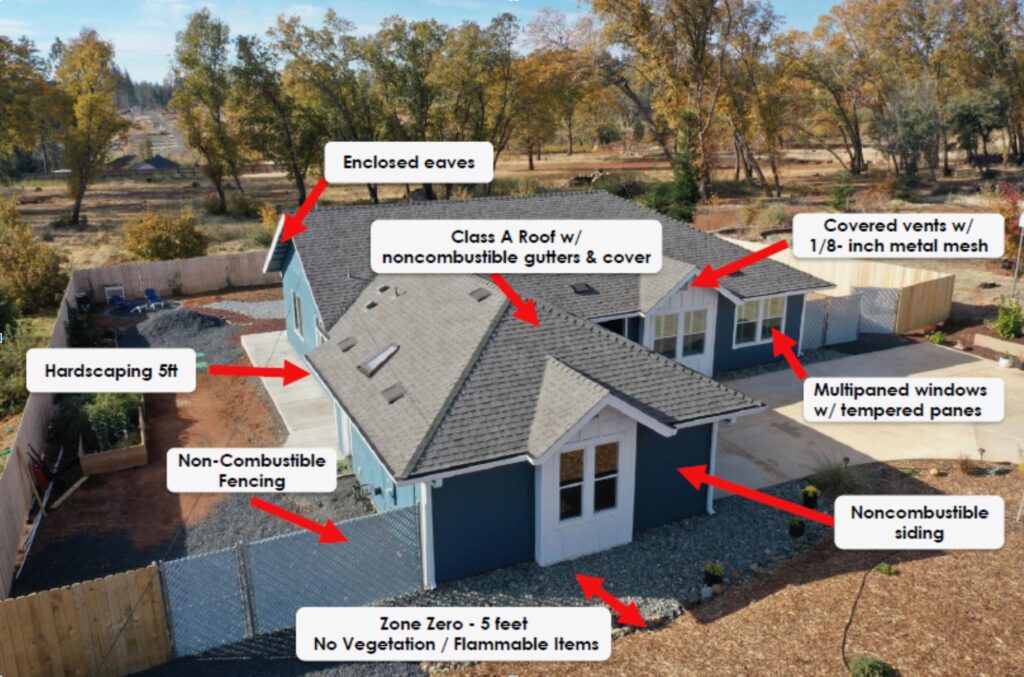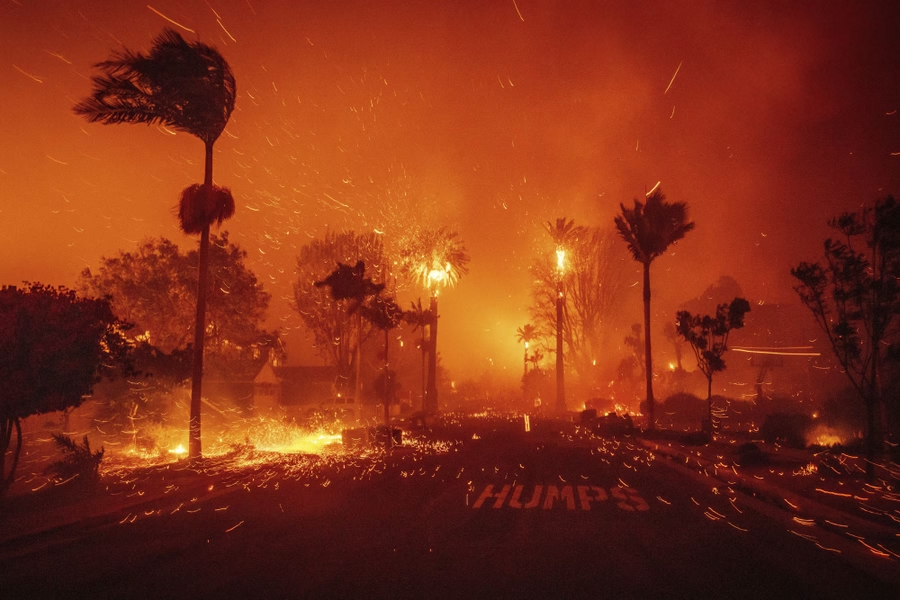
What You Need to Know About AB 3074 and Zone Zero Wildfire Compliance
If you live in San Diego or any area designated as a Very High Fire Hazard Severity Zone (VHFHSZ), understanding Assembly Bill 3074 (AB 3074) is critical. This California law directly affects how you protect your home or business from wildfires—and it introduces a powerful new concept: Zone Zero Wildfire Compliance.
What Is AB 3074 and Why Zone Zero Wildfire Compliance Matters
Assembly Bill 3074, also known as “Fire Prevention: Wildfire Risk: Defensible Space: Ember-Resistant Zones”, introduces a five-foot ember-resistant zone around all structures. This area, now known as Zone Zero, acts as a defensible barrier designed to protect buildings from flying embers—a common cause of structure loss during wildfires.
Think of Zone Zero as a protective shield: no combustible materials, no dense vegetation, and definitely no firewood stacks near your walls. Creating this defensible space could make the difference between a safe home and one lost to fire.
When Will AB 3074 Be Enforced? Key Dates for Homeowners and Builders
Although AB 3074 became law on January 1, 2021, enforcement is tied to the final approval of vegetation clearance standards by the State Fire Marshal, which is expected in 2025.
Here’s what to expect:
Existing Structures: Enforcement begins about a year later—anticipated in 2026—giving current homeowners time to prepare.
What Happens If You Don’t Comply with Zone Zero Wildfire Requirements?
Noncompliance with AB 3074 could trigger code enforcement actions, including:
Enforcement will fall to local fire departments and code enforcement agencies, and fine structures will vary by jurisdiction. Compliance isn’t optional—it’s about safety and legal responsibility.
Do Zone Zero Rules Apply to Commercial Properties?
Yes. Zone Zero requirements apply to commercial real estate in VHFHSZ zones, not just residential properties. Business owners and developers must factor Zone Zero design into their site planning, including ember-resistant landscaping and structural clear zones.
How Chapter 7A of the California Building Code Supports AB 3074
California Building Code Chapter 7A complements AB 3074 by focusing on construction methods and materials in Wildland-Urban Interface (WUI) areas.
While AB 3074 is about creating defensible space outside, Chapter 7A is about making sure what’s inside the line is strong enough to withstand:
- Radiant heat
- Convective heat
- Direct ember impact
Together, these codes form a comprehensive wildfire defense strategy: build it strong, and clear it safe. Learn more about how our fire protection systems work.
Zone Zero Compliance Checklist: How to Prepare Your Property
Start preparing now—before enforcement begins. Use our Wildfire Action Plan to guide your Zone Zero wildfire compliance checklist:
- Remove all combustible materials (e.g., firewood, outdoor furniture, trash) within 5 feet of any structure
- Replace wood mulch and other flammable ground covers with gravel, concrete, or stone
- Install ember-resistant vents and screens
- Trim or remove vegetation within Zone Zero
- Keep roofs and gutters free of debris
- Use hardscaping instead of soft landscaping next to buildings
- Ensure fences and gates connected to structures are made from non-combustible materials
AB 3074 FAQs: What Homeowners and Landlords Need to Know
Q: Who enforces AB 3074?
A: Local fire departments and code enforcement agencies.
Q: Will I get fined immediately?
A: Most jurisdictions will issue a notice to correct first, but fines may follow if violations aren’t addressed.
Q: Are rental properties included?
A: Yes—residential and commercial rental properties in VHFHSZ zones must comply.
Q: Can I use plants in Zone Zero?
A: Only highly fire-resistant plants, and even those are discouraged. The goal is minimal vegetation.
Q: When should I start preparing?
A: Now. Early action helps avoid costs and delays when enforcement begins in 2025–2026.
Final Thoughts: Start Your Zone Zero Preparation Now
Zone Zero wildfire compliance is a game-changer for California property owners. Whether you’re building, remodeling, or simply maintaining your home, taking steps now will ensure you’re ahead of the curve—and ahead of the flame. If you’re unsure where to begin, contact us for a free property assessment.


Leave a Reply